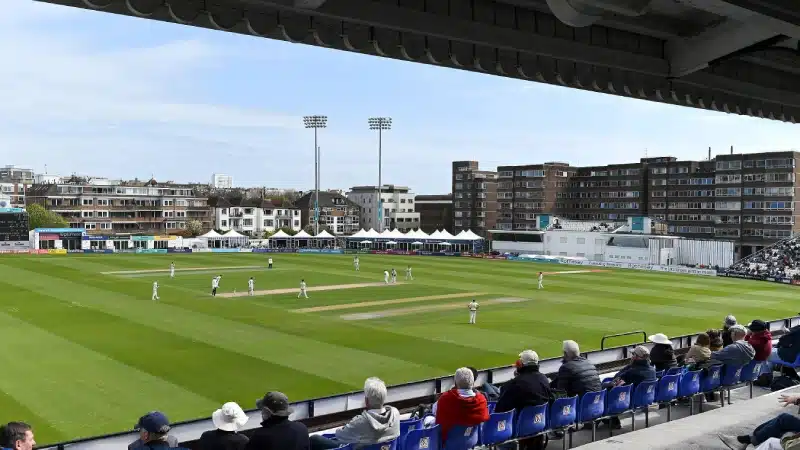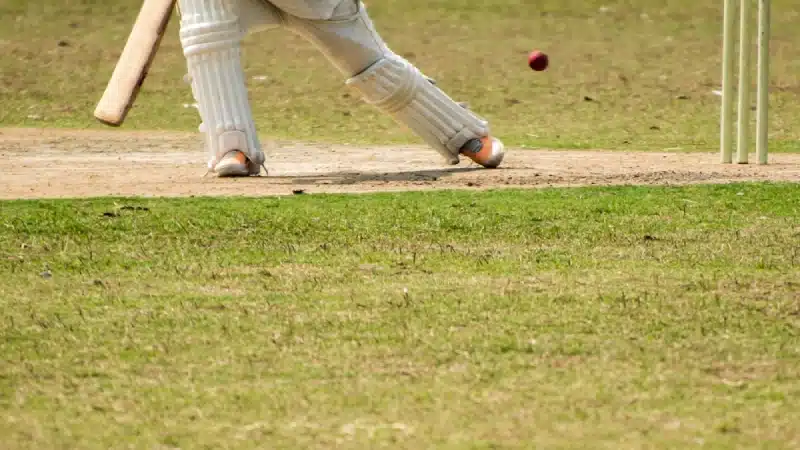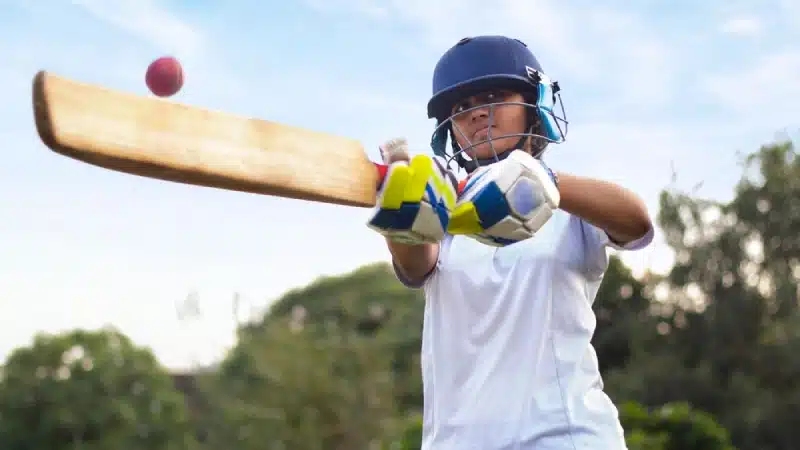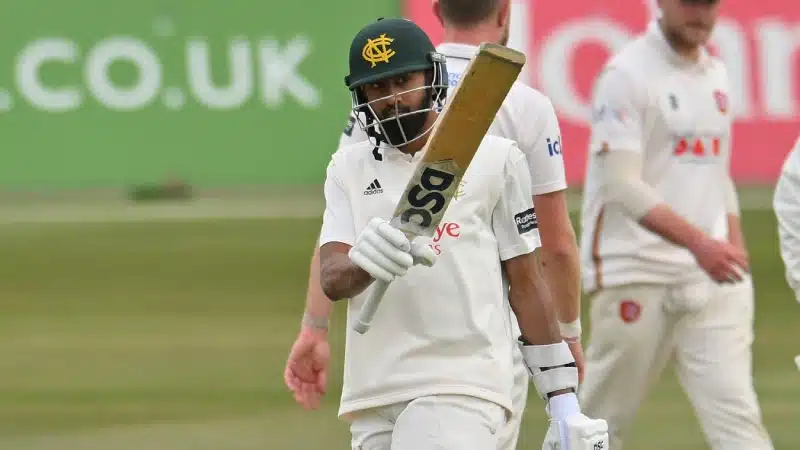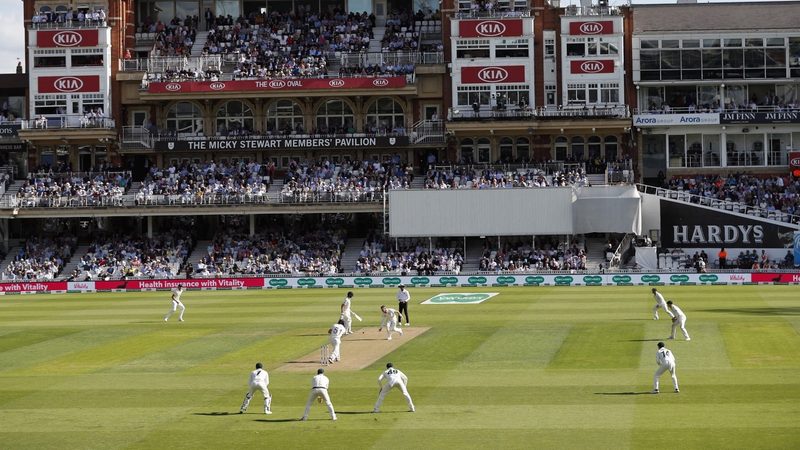
Having the right understanding of the cricket fielding positions increases the odds to affect victory in any format of the sport.
Fielding involves all 11 players of a cricket team on the field. Besides the bowler and wicket-keeper, a team captain has to organise the way his remaining nine players are placed in their respective cricket fielding positions.
First, we must understand that there are three core cricket fielding positions. They are close catching infield, inner ring and outfield.
Close catching infield are the cricket fielding positions which are closest to the batters (15 yards or less). Players who specialise in taking quick reaction catches are generally placed in these positions. The legendary Sir Garfield Sobers (leg slip) was a close catching infield specialist.
Within the close catch infield, there are nine key cricket fielding positions.
- Wicket-keeper: The most important cricket fielding position. A wicket-keeper stands behind the stumps and affects the opposition batter’s dismissal when the ball edges, misses or leaves them.
- Slips: Four players are placed diagonally in line with the wicket-keeper, depending whether the bowler decides to bowl either on the off side or leg side of the opposition batter. Each slip fielder stands a bit further away from the other to avoid clashing when a batter edges a delivery between them.
- Gully: A player in the gully cricket fielding position is diagonally in line with the slip fielders.
- Leg Slip: A leg slip fielder is placed on the opposite side of the four slip fielders and close to the wicket-keeper. It must be noted that the fielder is placed when the fielding team has a spinner in attack against the opposing batter.
- Leg Gully: The player in the leg gully position stands opposite the traditional gully fielder. The role of this fielder is similar to that of a leg slip fielder, taking catches of a batter who plays a lazy shot onto the leg side.
- Silly point: The silly point cricket fielding position is where the fielder is placed at a 45 degree angle from the opposing batter. This player wears a helmet and is someone brave enough to take on the brunt of a shot from the batter who is facing a spinner.
- Silly mid-off: Fielders with the fastest reflex action are assigned the silly mid-off position. Like a silly point fielder, the player at silly mid-off stands close to the opposition batter and in a relatively straight position.
- Silly mid-on: A player who stands opposite to the fielder at silly mid-off.
- Short leg: The short leg fielder is placed exactly opposite to the silly point fielder. The player is one other key asset in a spinner’s plan to dismiss an opposition batter.
The next core cricket fielding position is the inner ring. Here, the fielders are placed with the intention to stop the opposition from taking quick singles while being positioned up to 30 yards away from the batter. Among the fielders who made a name in this area is former South Africa cricketer Jhonty Rhodes.
The key positions in the inner ring are:
- Point: A cricket fielding position generally given to the most athletic fielder on the team. The point fielder stands square to the batter’s position and will either distance or come close based on the type of bowler in attack.
- Backward Point: The backward point fielder is placed a little behind the square of the wicket. A fielding captain might opt for this fielder if a fast bowler - such as India’s Jasprit Bumrah - is bowling to a batter.
- Mid-Off: A fielder is stationed at mid-off to fend off the batters who play a drive shot towards the long-off boundary. This is one of the most profitable areas for batters to score runs and thus, an agile fielder such as a David Warner or a Brendon McCullum are entrusted with the role.
- Cover: The player at the cover fielding position stands on the edge of the inner circle. They field between their team-mates at point and extra cover.
- Extra Cover: The decision to place a fielder at extra cover is based on three factors - batter’s shot placements, pitch conditions and the situation of the game.
- Mid-on: The mid-on fielder has the same responsibilities as the mid-off fielder albeit on the leg side. Someone who has often assumed this role is former India all-rounder Yuvraj Singh.
- Square Leg: A fielding position that is opposite to the point fielder. This player is usually found behind the side umpire, and are usually on their toes to stop any kind of shot a batter hits towards them.
- Backward Square Leg: Players at backward square leg are diagonally behind the batter, and tasked with stopping cricket shots such as hook, pull and the sweep.
- Mid-Wicket: Mid-wicket fielders are placed roughly on the edge of the inner circle. Ravindra Jadeja is one of the most notable cricketers to have shone in this cricket fielding position.
- Fine Leg: A fielding captain assigns a player at the fine leg position, which is less than a 45-degree angle to the hitter behind square on the leg side. Some of the finest bowlers, such as Malcolm Marshall, Glenn Mcgrath and Muttiah Muralitharan, stood at fine leg over the course of their careers.
- Fly Slip: The fly slip fielder stands a bit deeper than the regular slip fielders on the off side. They are stationed at the edge of the inner circle and are used as a defensive alternative to a slip fielder.
The outfield cricket field position is reserved for players to stop batters from hitting a boundary or a maximum. This is one of the most rigorous areas on the field as fielders on the boundary line have to cover great distances to stop the ball from crossing the ropes.
- Third Man: The third man fielder stands in line with the slip fielders just a little bit finer than a 45-degree angle to the batter. They are stationed at the boundary line behind square on the off side. This position is mostly used in the limited-over formats.
- Deep Point: The role of a deep point fielder is to stop a batter playing boundary shots from square. These players are rarely responsible for taking catches.
- Deep Backward Point: The fielding captain places a player at deep backward point when a fast bowler is in attack. Like a deep point fielder, this player has to stop square boundary shots by hook or crook. There is a 10 metre distance between the deep point and deep backward point fielders.
- Deep Cover: A deep cover cricket fielding position is meant for defensive purposes. It is a boundary-hitting area for batters eyeing shots on the off side.
- Deep Extra Cover: A player assigned at deep extra cover is diagonally in line with the batter on the boundary line. They are placed a little in front of square and are solely responsible for stopping cover drives that go for boundaries.
- Long Off: A position where you might have seen former India captain Virat Kohli as a fielder. The role of a long off fielder is to dismiss batters who play aerial shots off spinners or if luck permits, a slower full on delivery from pacers.
- Deep Fine Leg: Amongst the outfield cricket fielding positions, the deep fine leg is a popular one. Why? Because batters often target this area for runs when bowlers bowl down the leg side and this fielder has to run left and right to safeguard the boundary line.
- Long Leg: Standing at 60 degrees to the opposing batter, a fielder at long leg has to cover the gap between deep fine leg and deep square leg while patrolling the boundary behind square on the leg side.
- Deep Square Leg: A fielding captain places a player at deep square leg with the intention to trick the opposing batter to hit a hook or pull shot. These fielders are stationed deeper in line with the square leg.
- Deep Mid-Wicket: An area of great rewards especially in T20 cricket. The deep mid-wicket player is told to stand on the boundary on the leg side of the field, where batters usually play their most aggressive shots.
- Cow Corner: This fielder is placed a little bit straighter than the deep mid-wicket, and often is pushed forward to take some high catches. A fielding captain can opt to either switch between cow corner and deep mid-wicket or keep both positions, despite the short distance between the players when fielding.
- Long On: Captains entrust long on fielders to act as a barrier for batters aiming for a six or a four straight down the ground. These fielders are the last line of defence to save runs on the boundary line especially when fast bowlers like Shoaib Akhtar or a Dale Steyn were bowling.
Author: William Paul
Featured photo: AFP / ADRIAN DENNIS












